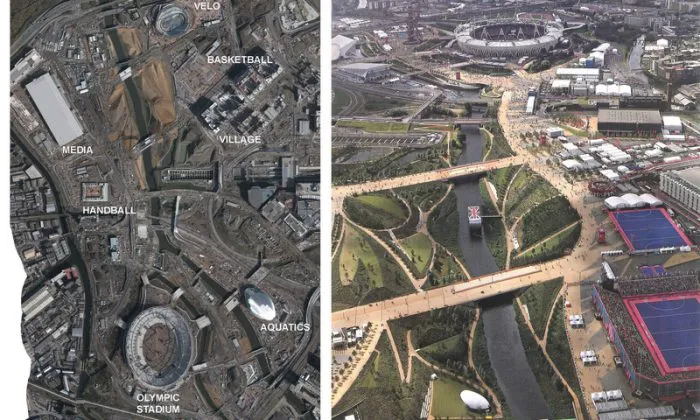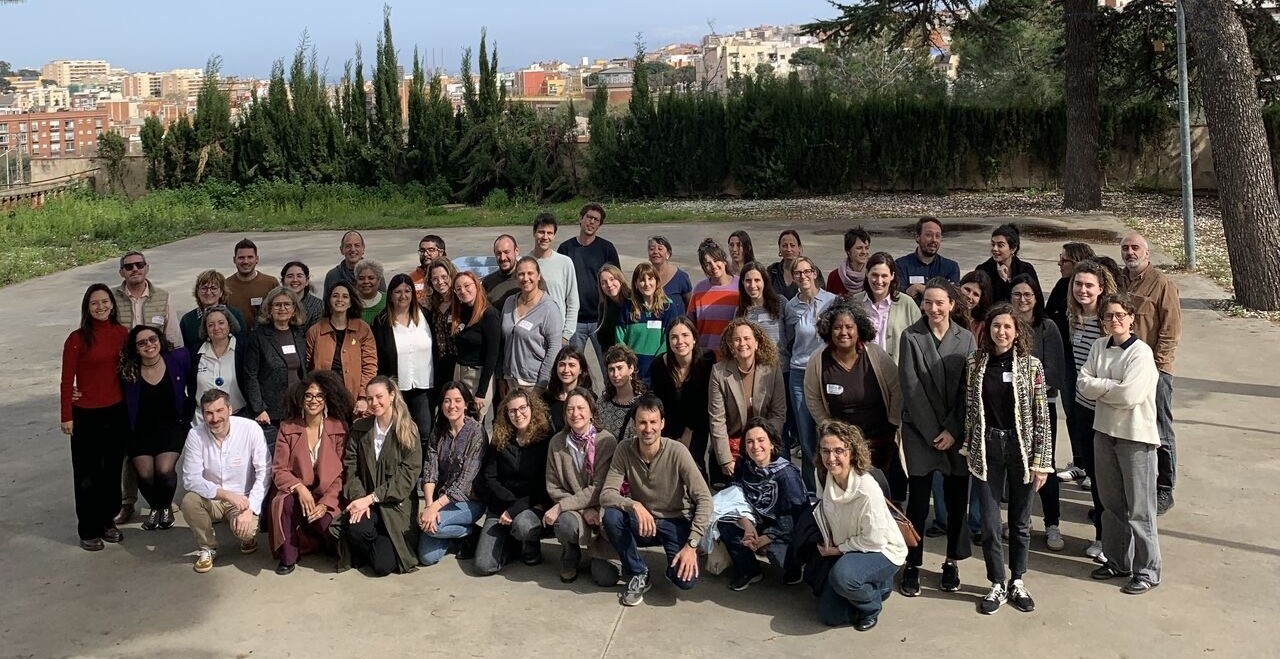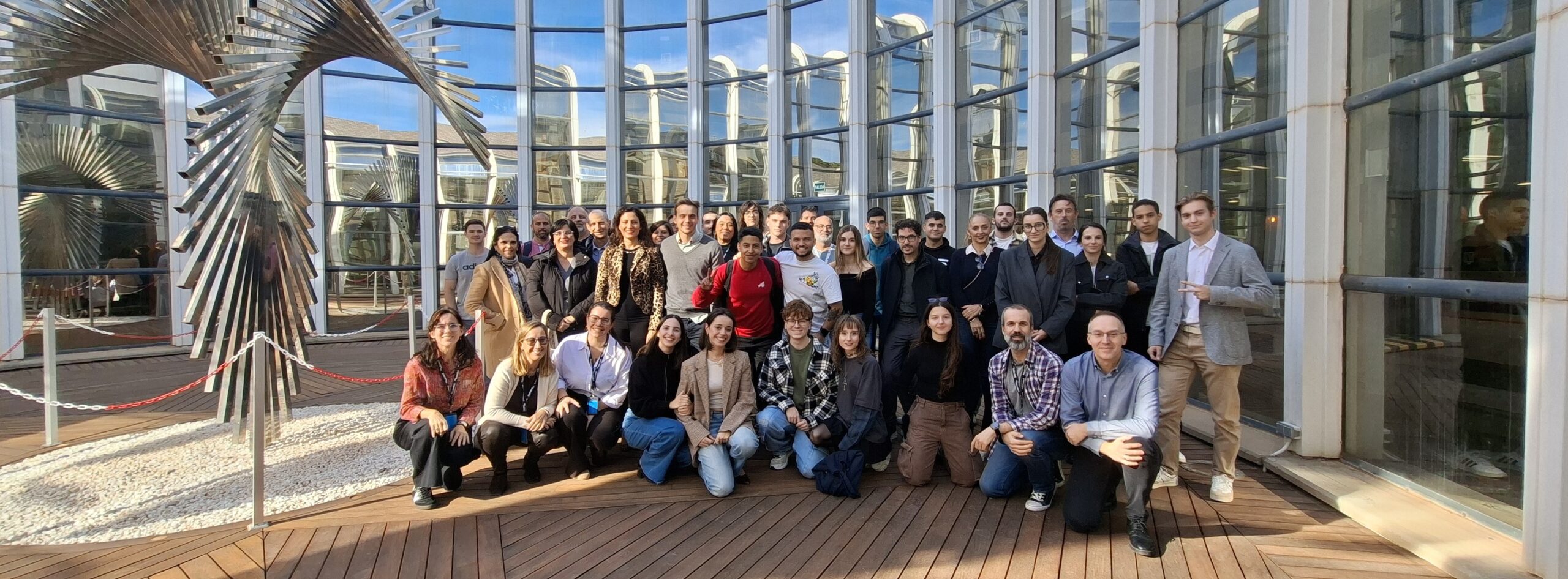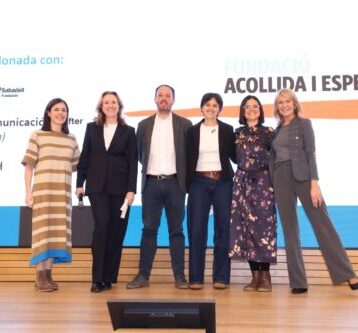The green spaces design project‘ Queen Elizabeth Olympic Park’ which formed part of the hub of the 2012 Olympic Games in London has won the IX Rosa Barba International Landscape Prize, in collaboration with Banco Sabadell, at the International Biennial of Landscape Architecture organised by Colegio Oficial de Arquitectos de Cataluña.
Hangreaves Associates carried out the design of more than 100 hectares of land known as the “Greenest games” in history. This park is now the largest park in Europe for more than 150 years, with a design that synthesises centuries of traditional British landscaping and the reality of the post-industrial brownfields (industrial land which has been abandoned). Furthermore, it adds to and combines developments in sustainability with the objective of creating a new type of park for the XXI century.

The park, which is located close to the Lea River, includes en environmental area in its northern part, and a more colourful area in the southern part, inspired by the different countries which participated in the Olympic Games. The northern area of the Queen Elizabeth Olympic Park transforms the old industrial canal into a natural corridor, complete with grasslands, large grassy areas and sculptured benches.
More about the authors
Mary Margaret Jones is a landscape architect from the American Society of Landscape Architects. Jones Prince Charitable Trust Fellow in Landscape Architecture of the American Academy in Rome and the current Chair of the Board of Trustees.
George Hargreaves is a landscape architect from Harvard University Graduate School of Design and holds a Master’s Degree in Landscape Architecture. He is the director of design at Hargreaves Associates, where he has been awarded 34 national prizes from the American Society of Landscape Architects, 6 from the American Institute of Architects, 5 from Waterfront Centre and 3 from Progressive Architecture.
Gavin McMillan is a landscape architect from QLD University of Technology, Brisbane, Australia. He specialised in transforming areas into cultural spaces.



